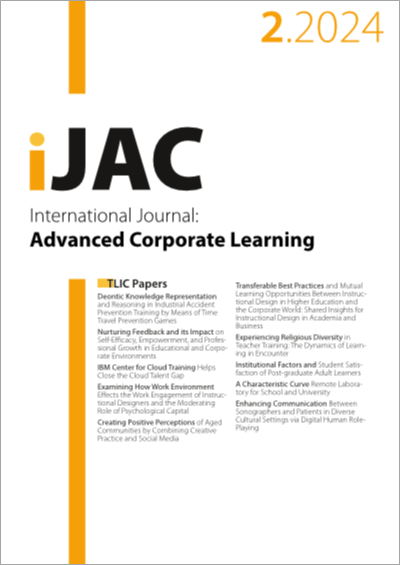Enhancing Communication Between Sonographers and Patients in Diverse Cultural Settings via Digital Human Role-Playing
DOI:
https://doi.org/10.3991/ijac.v17i2.45433Keywords:
Sonographer-Patient Interviews, Cultural Intelligence, Diversity & Inclu-sion, Digital HumansAbstract
Effective communication skills are essential for sonographers to build trust, to explain examination procedures to the patient in non-technical terms, to alleviate anxiety and gain patient consent and collaboration, and to provide information at a pace suitable for the patient. In order to communicate effectively, the sonographer needs to be able to communicate empathetically, adjusting their communication style to meet the needs of different audiences. This is particularly challenging when working with a diverse and multicultural group of patients where the risk of misinterpretation is higher. Students are provided with the opportunity to practice dialogues with virtual patients that are able to interact as real human beings, communicating concerns, emotions, and moods both at a verbal and non-verbal level. Coaching through digital humans accelerates learning from experience without the risks associated with learning in the field.
Downloads
Published
How to Cite
Issue
Section
License
Copyright (c) 2024 Fernando Salvetti, Barbara Bertagni, Linda Zanin, Ianna Contardo

This work is licensed under a Creative Commons Attribution 4.0 International License.



